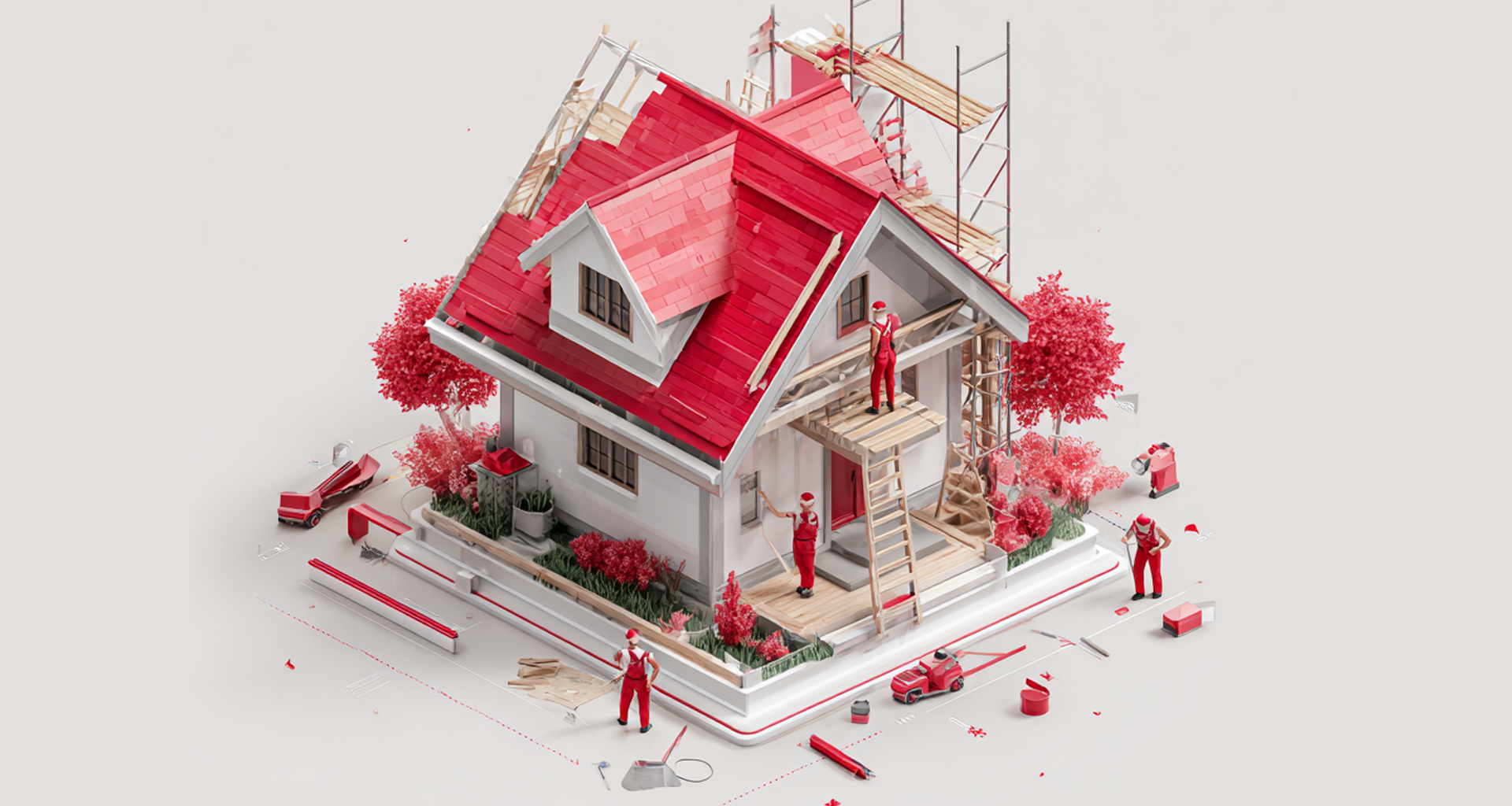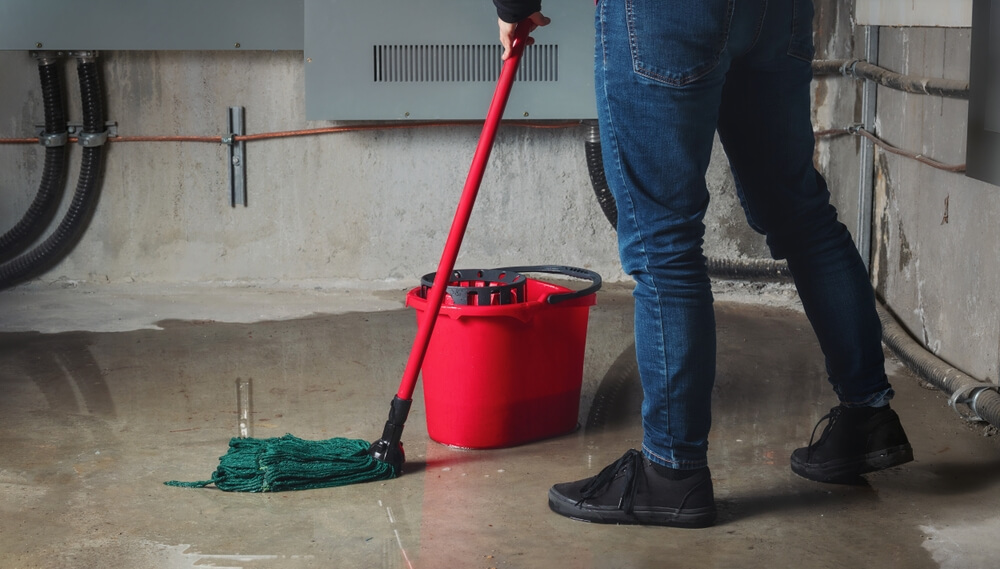
If you are not redirected within 30 seconds, please click here to continue.
Samedi: 10h – 16h HAE

If you are not redirected within 30 seconds, please click here to continue.
If you are not redirected within 30 seconds, please click here to continue.
5 Smart Home Gadgets That Can Help Protect Your Home and Save You Money

Table of Contents
- 27% of Canadians have at least one smart home technology, and 78% intended to purchase more in 2020.
- Connecting a leak detector to smart plug to prevent water damage may help reduce your premium.
- Many home insurers offer a discount that may range from 2% to 15% if you have a professionally installed alarm system.
Smart home gadgets can do more than make your life easier. They can also save you money, improve safety and energy efficiency, and have a positive impact on your home insurance rate.
The biggest challenge is where to start — there are so many options from many different manufacturers and the choices are overwhelming. And while the smart-home ecosystem can all be connected, you might want to start where you get the most benefits, whether it’s saving money, reducing power consumption, or improving safety and security.
It is estimated 15% of households worldwide will have at least one smart system installed by 2023. Meanwhile, one 2019 survey found 27% of Canadians have at least one smart home technology, and 78% intended to purchase more in 2020. Of the technologies Canadians say they’re most likely to buy, smart assistants lead the way (55%), followed by smart appliances (38%), lighting control systems (37%), and security systems and cameras (36%).
In addition, many insurance companies offer reductions on premiums if you’ve installed connected home-monitoring equipment such as smoke detectors and thermostats from particular brands. Starting small with smart-home gadgets can ultimately lead to a fully automated and safer home.
Don't waste time calling around for home insurance
Use Rates.ca to shop around and compare multiple quotes at the same time.
Finding the best home insurance coverage has never been so easy!
1. Smart light bulbs
If you’re always telling your household to turn out lights after they leave the room, smart light bulbs are for you. While there’s an upfront cost to replacing your regular energy-saving bulbs, you’ll save money on lighting costs in the long run by being able to turn the lights on and off in any room. Not only do they last longer and conserve more energy, but their programmability can also increase your home security by suggesting people are home and moving from room to room.
2. Smart thermostats
Next to making sure all the lights aren’t on all the time unnecessarily, most homeowners don’t want to be heating or cooling rooms when no one’s in them.
Smart thermostats allow you to control the temperature from your smartphone too. Rather than heat your home all day in the winter while everyone’s at work and school, you can pre-program a schedule so that rooms start to warm up in time for people to be home for dinner. Similarly, you can cool the house down by turning on the air conditioning in preparation for your return.
Not only do you save money on heating and cooling costs, but you’re also contributing to a greener environment, and may qualify for voluntary programs implemented by your utility company that help consumers reduce their energy usage during peak hours.
3. Smart wall plugs
Why settle for just controlling the lights or the temperature in your house when you can control anything plugged into a wall?
Adding smart plugs is an easy way to start fully automating your home because they can work on their own or fit into a bigger home monitoring system. They also turn a “dumb” device into a smart one — a regular appliance or light connected to a smart plug can be controlled by a smartphone app or a voice assistant without the need for a separate smart hub. The regular device is simply plugged into the smart plug, which in turn, is in a regular electrical outlet.
Smart plugs allow you to control your lights without smart bulbs, and also give you control over devices that will improve comfort, safety and energy efficiency. A space heater attached to a smart plug can be turned on to warm up the room before you get there and be turned off remotely if you forgot before leaving home. to prevent water damage, which is another way smart home gadgets may help reduce your insurance premium. It’s important to note a standard home insurance policy does not include optional overland flood and sewer backup coverages.
4. Smoke and carbon monoxide detectors
Proactive detection of threats to your home is one of the most appealing benefits of smart-home gadgets, and the best examples are smoke and carbon monoxide detectors. These often fail because people forget to test them regularly and ensure the batteries are working, but a smart one can let you know if it needs your attention.
If it does detect smoke or carbon monoxide in your home, it doesn’t just you let know with a noise. These smart detectors can send real-time alerts direct to your smartphone so you can take action even when you're not home. They can also be configured to alert others so that emergency services can mobilize and hopefully intervene quickly to avert disaster.
5. Smarter security and surveillance
In many ways, home security systems were the first smart home gadgets in the form of wired window and door sensors that tripped an alarm, but the ability to protect your home now extends to wide range of smart devices.
You can now equip your entire home with video cameras inside and out, including video doorbells that not only allow you see who’s at the door when you’re home, but also record who’s been at your door when you’re away, including so-called “porch pirates,” who like to steal packages left on your front porch.
Moreover, many home insurers offer a discount that may range from 2% to 15% if you have a professionally installed alarm system. The discounts vary depending on the insurance company.
Building a fully automated home, one piece at a time
The great thing about all these different smart-home gadgets is they can be installed on their own over time so you can eventually enjoy automation throughout your home — you can even water your lawn remotely. An integrated system allows you to control a whole of host of devices that improve energy efficiency, safety and security, while also positively affecting your home insurance rate.
Get money-saving tips in your inbox.
Stay on top of personal finance tips from our money experts!










